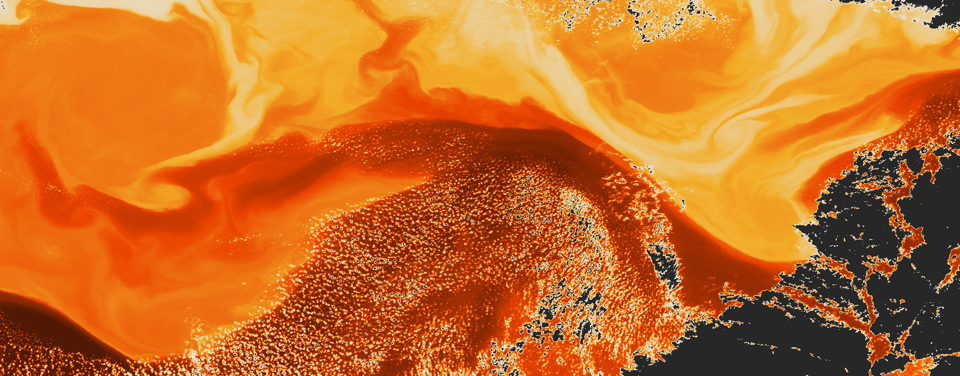You are correct.
Let me ask you what you think about this statement.
The op asks if energy can be harvested from the pressure under water. I say that any energy taken out in any exercise will be less than the energy put into the system that enables the harvesting system to work.
Alex
That's true, there will always be loss , so it depends on the abundance of free power to offset any costs. We are already using several natural pressure energy sources with good result. Tidal pressure , wind pressure , gravity fed lake water pressure, river pressure. Once the initial cost of installation has been recovered, those systems can yield low-cost high yield results over long periods of time. Only maintenance is required.
But as with any artificial altering of the natural environment there will almost always be secondary detrimental effects, which is demonstrated by the long term effects on rivers from dams.
However any long term low impact gain from a renewable resource would be preferable over a short term high gain from a high impact non-renewable resource. This is what's facing us today as the end of oil is in sight.
I see no reason why underwater pressure cannot be used if a low pressure area can be made underwater so that a kinetic flow force can be facilitated. The ocean's headwater pressure is free, but we need to provide a space for that pressure to flow to. And creating that low-pressure tailwater space has a cost, it requires the outpumping of water from large tailwater storage tanks. So the problem is if the cost can be offset by the gain.
The system that I am looking at suggests that its pumping costs can be offset by supplemental low cost excess surface wind energy or solar power to supplement the intermittend pumping energy required to create (maintain) low pressure "tail water" areas, which can accommodate the flow .
The inventors do not claim a high yield return, but as a night time addition to daytime solar power, the ocean would provide an unlimited supply of potential kinetic water pressure.
I wonder if there are narrow areas in the gulf stream that would provide sufficient pressure to drive any generators.
As I understand it, in the mountains there are several valleys which provide an constant increased uni-directional windflow , which drive high yield windmills.
If we could find underwater "gullies" where the gulf stream provides high pressure flow, that would be ideal places to install submarine electricicity generating turbines.
How fast is the Gulf Stream?
The Gulf Stream is an intense, warm ocean current in the western North Atlantic Ocean. It moves north along the coast of Florida and then turns eastward off of North Carolina, flowing northeast across the Atlantic.
Off the Atlantic seaboard of the United States, the Gulf Stream flows at a rate nearly 300 times faster than the typical flow of the Amazon River. The velocity of the current is fastest near the surface, with the maximum speed typically about 5.6 miles per hour (nine kilometers per hour). The average speed of the Gulf Stream, however, is four miles per hour (6.4 kilometers per hour). The current slows to a speed of about one mile per hour (1.6 kilometers per hour) as it widens to the north.
The Gulf Stream Current—the main conveyor of heat from south to north in the Atlantic—swirls surface waters in this infrared image from the Suomi NPP satellite on April 16, 2013, centered around 180 miles due east of Atlantic City, NJ.
https://oceanservice.noaa.gov/facts/gulfstreamspeed.html
Can we build underwater "funnels" with generators in places of fast gulf stream flow. Kind of underwater funnelling dams? That would certainly create subsurface ocean high pressure headwaters and low pressure tail waters. Place several generators in the middle of that increased flow and presto cheap electricity!


